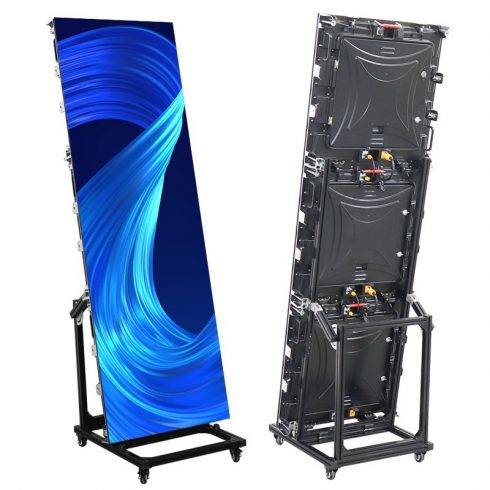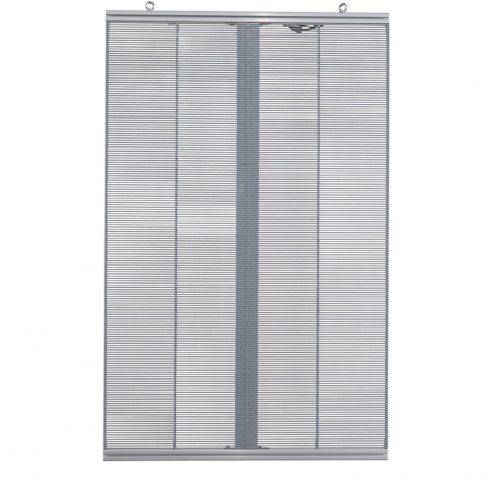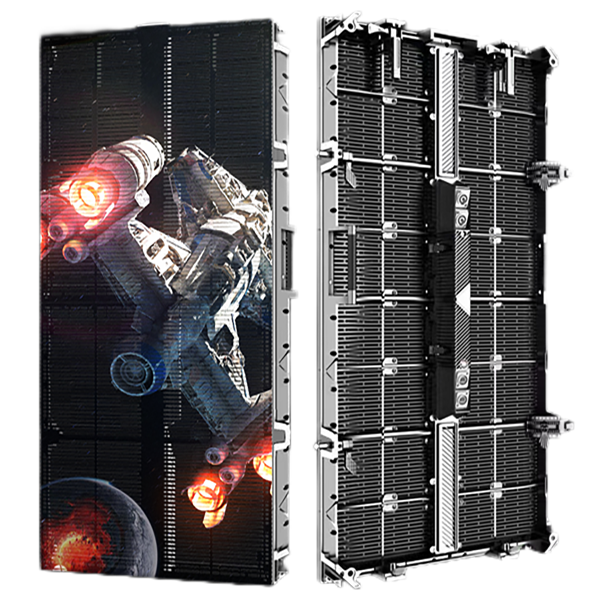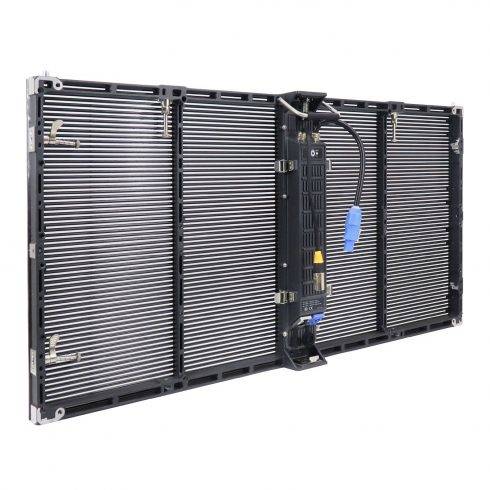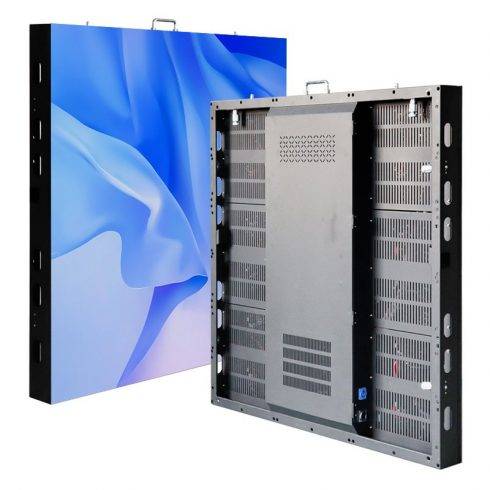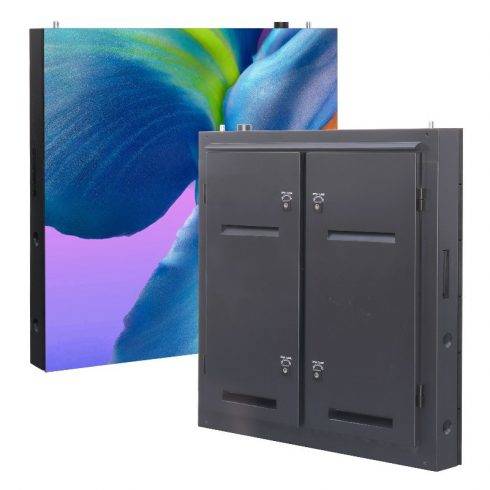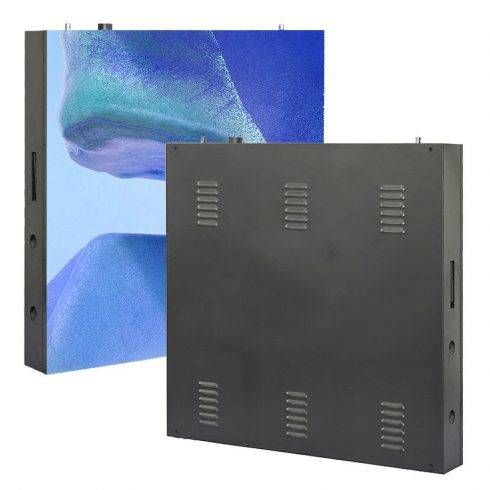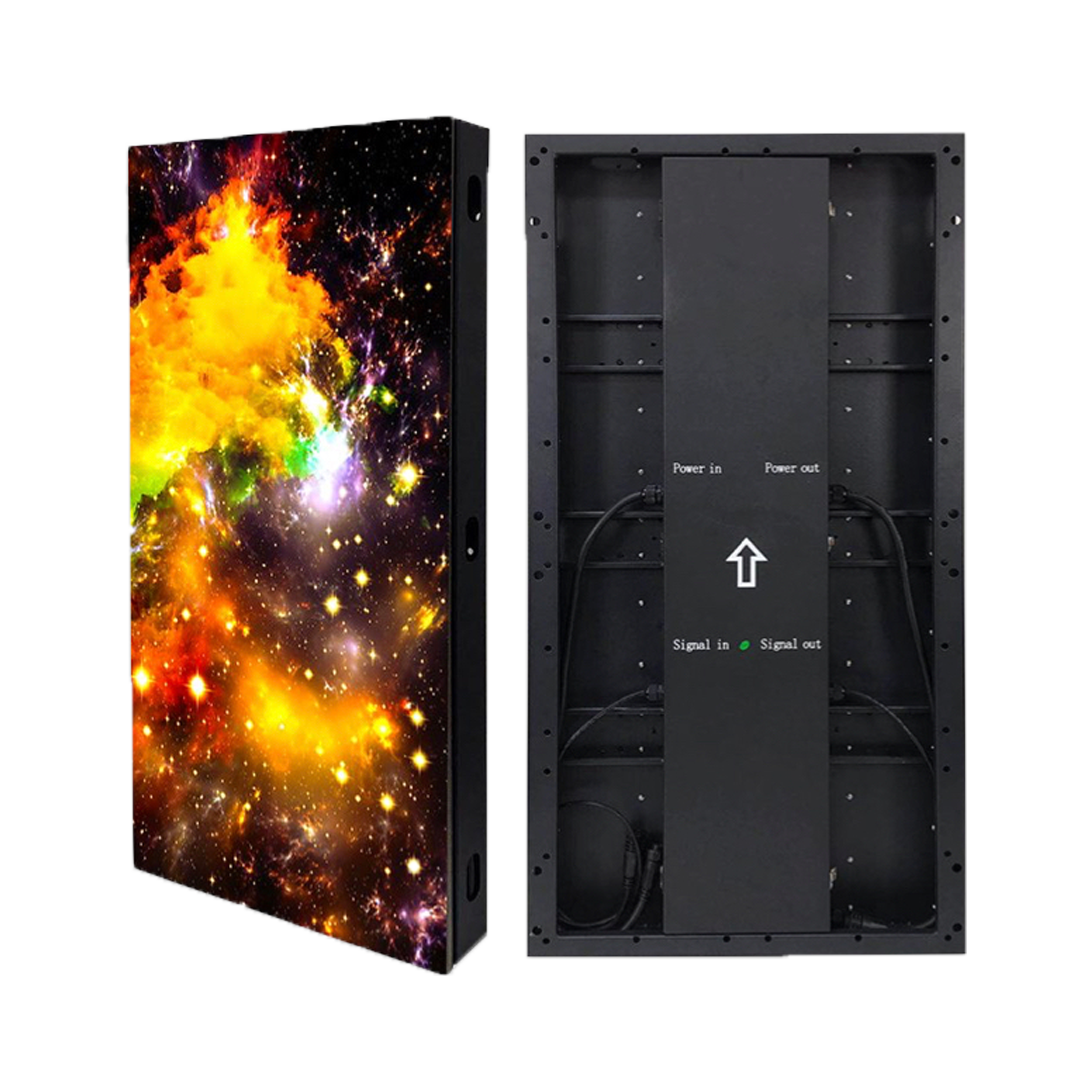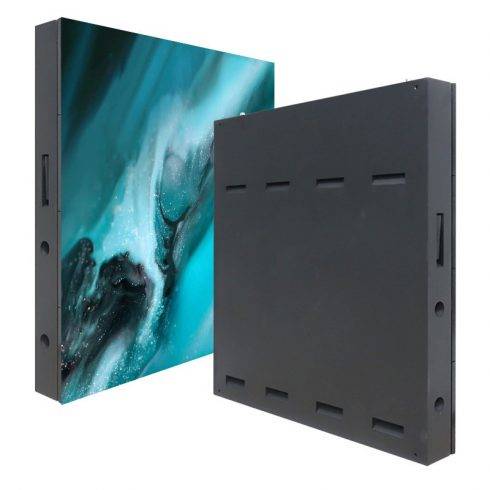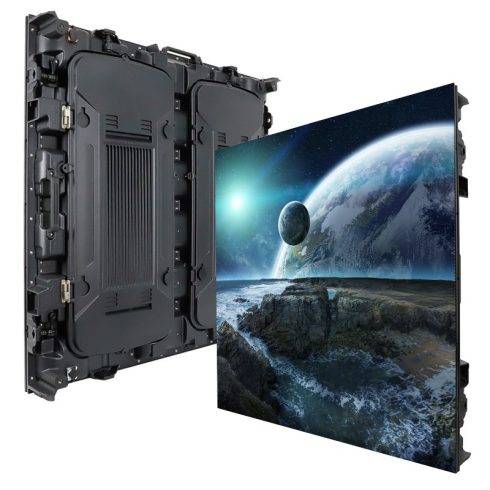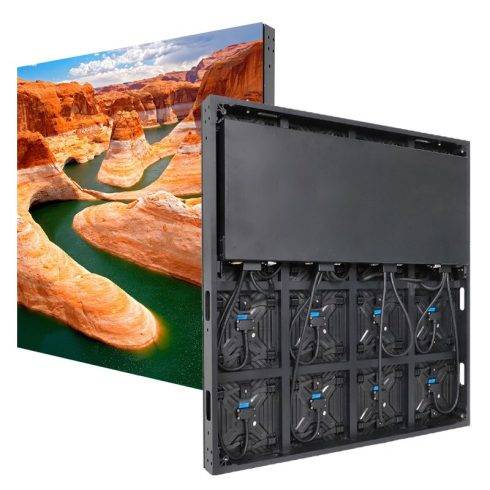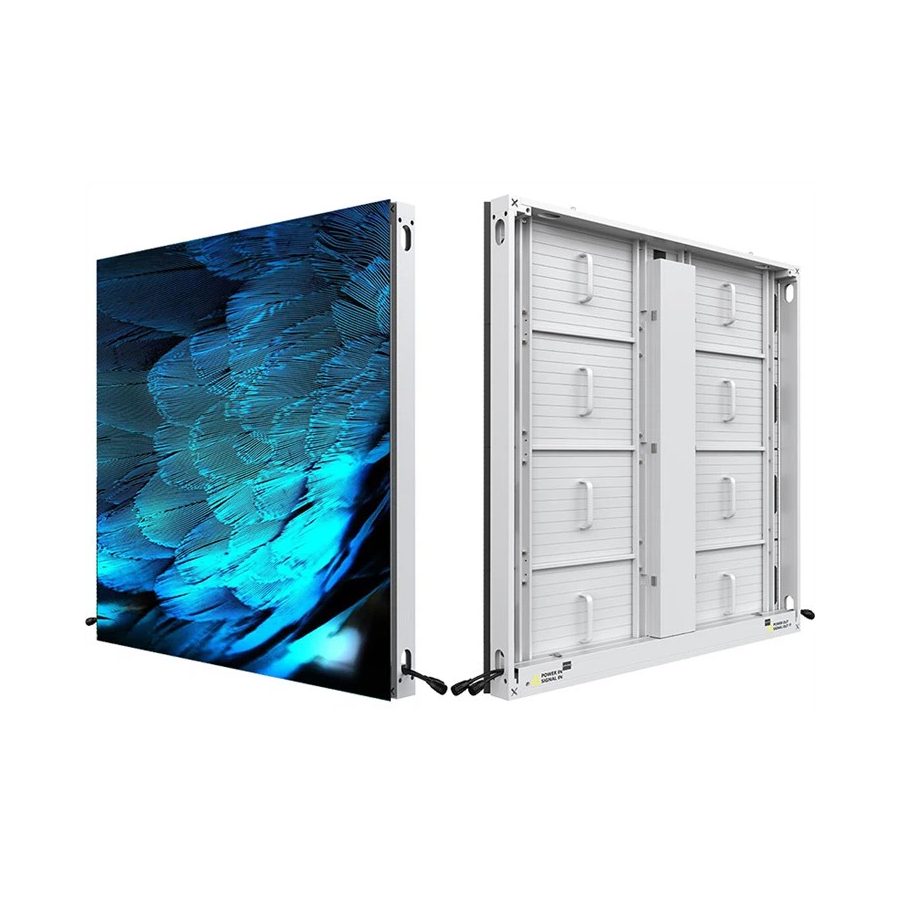Introduction
In recent years, LED (Light Emitting Diode) technology has transformed the world of visual displays, bringing about a revolution in both personal and public spaces. LED screens, which started as small displays for calculators and digital watches, have grown to dominate the landscape of big-screen displays, lighting up stadiums, shopping malls, city squares, and more. Today, big LED screens serve as the cornerstone of dynamic and interactive visual communication, delivering vivid, high-resolution content to audiences around the world. This paper explores the evolution, technological advancements, applications, and impact of big LED screen innovations.
The Evolution of LED Screen Technology
The concept of LED technology traces back to the early 20th century, but it wasn’t until the 1960s that practical LEDs emerged, thanks to scientists experimenting with semiconductor materials. By the 1990s, blue and white LEDs enabled color displays, marking a major milestone for display technology. However, LEDs were initially small and limited in brightness. Over time, advancements in materials, particularly with the development of organic LEDs (OLEDs) and MicroLEDs, allowed for larger, brighter, and more energy-efficient screens. Modern big LED screens are composed of thousands to millions of tiny LEDs that work together to produce vibrant images and videos on a massive scale.
Key Innovations in Big LED Screen Technology
Big LED screen technology has been defined by several notable innovations:
- Pixel Pitch Reduction: Pixel pitch, the distance between two adjacent pixels, has been greatly reduced in modern LED screens. Smaller pixel pitches enable closer viewing distances without compromising image clarity. This advancement is critical for indoor applications like boardrooms, museums, and other places where viewers are close to the screen. With pixel pitches as low as 0.9mm, LED screens now offer excellent resolution at various distances, a factor crucial for high-definition display in professional settings.
- Improved Brightness and Contrast: Unlike traditional screens that rely on backlighting, LEDs emit their own light, which enhances brightness levels and contrast ratios. High brightness makes LED screens ideal for outdoor use, where ambient light can interfere with display visibility. Moreover, recent innovations have enabled dynamic brightness control, adjusting to varying lighting conditions automatically to maintain energy efficiency without compromising visibility.
- Durability and Energy Efficiency: LED screens are renowned for their durability, which makes them suitable for public environments subject to weather, dust, and high traffic. LED displays can endure extreme temperatures and last up to 100,000 hours. Additionally, the energy efficiency of LED technology, especially compared to traditional LCDs or plasma screens, is noteworthy. LEDs consume significantly less power while delivering superior image quality, making them a sustainable choice for large-scale, continuous operation.
- Seamless Modular Design: Modern big LED screens often use a modular design, where smaller LED panels are seamlessly assembled to form massive screens of virtually any size. This modular approach simplifies maintenance and installation, as faulty modules can be replaced without dismantling the entire display. This innovation has expanded the flexibility and application range of LED screens, especially for large event venues, concert stages, and outdoor advertising.
- High Refresh Rates and Low Latency: LED technology has made major strides in refresh rate and latency, providing fluid video playback and smooth real-time content display. High refresh rates, often above 3000 Hz, make LED screens suitable for broadcasting live events, gaming, and other applications requiring real-time responsiveness. Low latency minimizes delays, which is crucial for interactive installations in museums or virtual reality applications.
Applications of Big LED Screens
- Advertising and Marketing: LED screens have transformed advertising, making it possible for companies to showcase their products on an enormous scale. Digital billboards and interactive LED displays capture attention more effectively than traditional print advertisements. The ability to display dynamic content (videos, animations) rather than static images provides advertisers with the freedom to adapt messages quickly, run interactive campaigns, and analyze engagement in real-time.
- Public Spaces and Architecture: LED displays have become an essential part of urban architecture. From Times Square in New York to Shibuya Crossing in Tokyo, large LED screens have become icons that shape the identity of major cities. In public spaces, LED screens often serve informational purposes, displaying news, public announcements, and real-time information like weather updates. Architectural installations can even incorporate LED screens as part of building facades, adding an artistic and functional element to city landscapes.
- Entertainment and Live Events: Stadiums, concert halls, and theaters rely heavily on LED screens to enhance audience experiences. In sports stadiums, LED scoreboards and screens provide fans with close-up views and real-time replays, creating an immersive experience. Similarly, concerts and other live events use massive LED displays to showcase performers, visualize special effects, and engage audiences with interactive content, no matter how large the venue.
- Retail and Hospitality: In retail, big LED screens are increasingly used to create engaging in-store experiences. Digital signage displays personalized promotions, while interactive screens allow customers to browse inventory or view promotional content. In the hospitality industry, LED screens are used in hotels, casinos, and cruise ships to entertain guests and enhance ambiance.
- Corporate and Educational Use: LED walls are used in corporate boardrooms, conference halls, and educational institutions for presentations and lectures. The high resolution and seamless modular design allow for detailed visualizations, which are especially valuable for displaying complex data in professional or academic environments.
The Impact of Big LED Screens on Society and the Environment
While the innovations and applications of big LED screens are impressive, their impact on society and the environment is equally significant.
- Enhanced Information Dissemination: Big LED screens make information highly accessible, providing news updates, emergency alerts, and other critical information to large crowds. This level of communication is invaluable during public events or emergencies, where real-time updates can guide behavior and maintain public order.
- Shift in Advertising Dynamics: LED displays have disrupted traditional advertising by allowing for flexible and targeted digital content. Dynamic ads based on time of day, location, or even audience demographics have become possible. This adaptability has made advertising more effective and measurable, leading to more efficient and targeted marketing strategies.
- Energy Consumption and Environmental Concerns: Although LED screens are more energy-efficient than previous technologies, large installations still consume significant amounts of power, especially when used 24/7. As LED screens become increasingly ubiquitous, concerns about their cumulative environmental impact grow. Many companies are exploring sustainable practices, such as using solar panels to power outdoor screens and creating LED products with recyclable materials.
- Social and Cultural Influence: Large LED screens in public spaces have a profound social and cultural impact. In city centers, they contribute to urban aesthetics and can serve as digital canvases for public art, bringing a modern touch to traditional spaces. However, their presence has also sparked debates over issues like light pollution and the commercialization of public spaces, highlighting the need for thoughtful integration of LED technology within urban landscapes.
- Economic Boost and Job Creation: The demand for LED screens has created opportunities across multiple industries, from manufacturing to content creation. The need for technical expertise in designing, installing, and maintaining LED screens has generated employment opportunities and stimulated technological advancement in digital media production, data analysis, and energy management.
Conclusion
Big LED screens represent a significant leap forward in display technology, transforming advertising, entertainment, communication, and urban landscapes worldwide. As LED technology advances further, the potential applications and societal impact of big screens will continue to grow. The integration of artificial intelligence, improved sustainability, and interactive capabilities promise even more innovation on the horizon. While the impact of big LED screens on the environment and society should be carefully considered, there is no doubt that they will remain a defining element of visual communication in the future. This bright, versatile technology will continue to light up our world, creating new opportunities for interaction and visual storytelling across industries and cultures.








